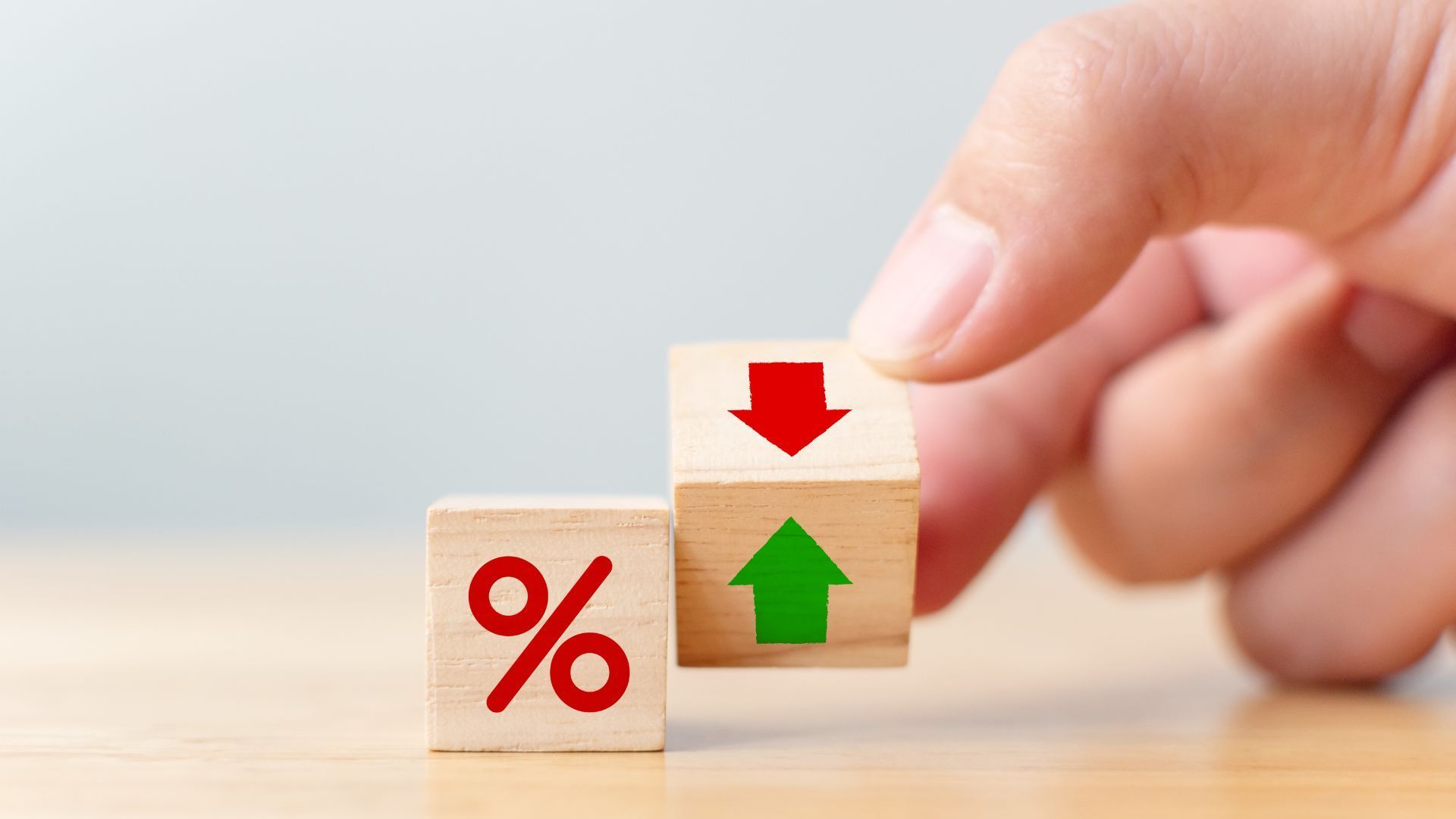The State of Mortgage Consumers
Mortgage consumer debt reached a record level in the second quarter of 2017, yet mortgage holders have proven capable of managing their increasing monthly obligations.
That’s according to CMHC’s recently released Mortgage and Consumer Credit Trends report, which said Canadian households’ credit market debt reached a record $1.70 for every dollar of disposable income. Mortgage debt was one of the main drivers, but CMHC notes that credit card and auto loan debt have been accelerating as well.
At the same time, the household saving rate fell to a nine-year low, leaving many Canadians with a “limited financial cushion” to manage their debts, the report noted.
“Despite rising monthly debt obligations in the second quarter of 2017, mortgage holders continued to manage their overall debt fairly,” said Maxim Armstrong, Manager, Housing Indicators and Analytics at CMHC. “Other credit consumers recorded a slight rise in delinquency. On the whole, signs of vulnerabilities for the Canadian housing market and financial system remained low.”
The time period covered by this report was shortly after the implementation of the Department of Finance’s first round of stress-testing measures aimed at insured mortgages. That may have contributed to new loan originations in the second quarter being down 7.3% from a year earlier, and a decline in the average mortgage debt per consumer with a new mortgage.
Here are some of the other key findings:
Mortgage Market
- Mortgage balances of over $400,000 rose and comprised about one-third of outstanding mortgage debt.
- The highest concentration of outstanding mortgage debt was in balances ranging from $200,000 and $300,000.
- The average new mortgage loan amount was 1.4 times higher than the average value of existing mortgage loans.
- Compared to a year earlier, the average value of scheduled mortgage payments rose by 2.4% for existing mortgages and by 5% for new mortgages
Signs of Credit Vulnerabilities
- Unsurprisingly, consumers without a mortgage were more susceptible to bankruptcy compared to mortgage holders, and the gap between the two types of consumers widened.
- The share of mortgage holders with a high likelihood of bankruptcy fell to 5.6%, down 61 bps from a year earlier.
- Average monthly obligations increased in all major credit products vs. a year earlier. The average non-mortgage obligations for both mortgage holders and consumers without a mortgage rose to their highest level since 2013, to $386 and $249, respectively.
- The share of mortgages that had payments in arrears of 90 days or more fell to a five-year low, signalling a more liquid market where mortgage holders facing difficulties could easily sell their property before reaching serious delinquency, the report noted.
Credit Scores
- Consumers with a very good or excellent credit score maintained the largest share of mortgage loans (83.3%), suggesting a low probability of loan defaults.
- The number and value of mortgage loans outstanding by consumers with a poor credit score fell to its lowest level since 2012.
- The average credit score continued to improve for mortgage holders with both an existing mortgage and a new mortgage.
- Those without a mortgage had their lowest average credit score since 2014.
Demographics
- The majority of mortgage holders are aged 34–54 and account for roughly 60% of the outstanding mortgage balance.
- Those over 65 represent 10% of the market with 7% of the outstanding balance, and those under 35 represent 17% of the market with nearly 20% of the outstanding mortgage balance.
- Mortgage holders aged 35–44 made the highest monthly mortgage payments, averaging $1,323.
This article was written by Steve Huebl and originally appeared on the Canadian Mortgage Trends on April 25th 2018, Canadian Mortgage Trends is a publication of Mortgage Professionals Canada.
Share












